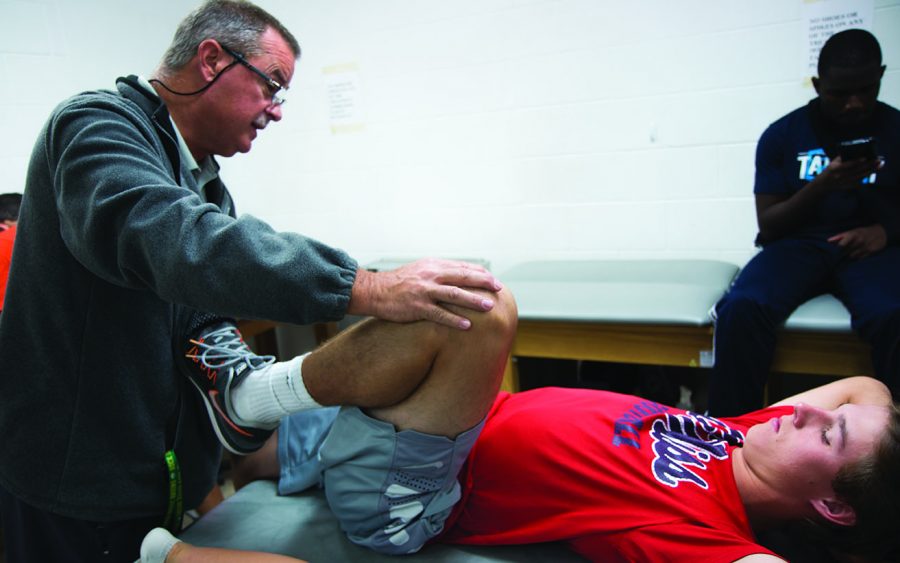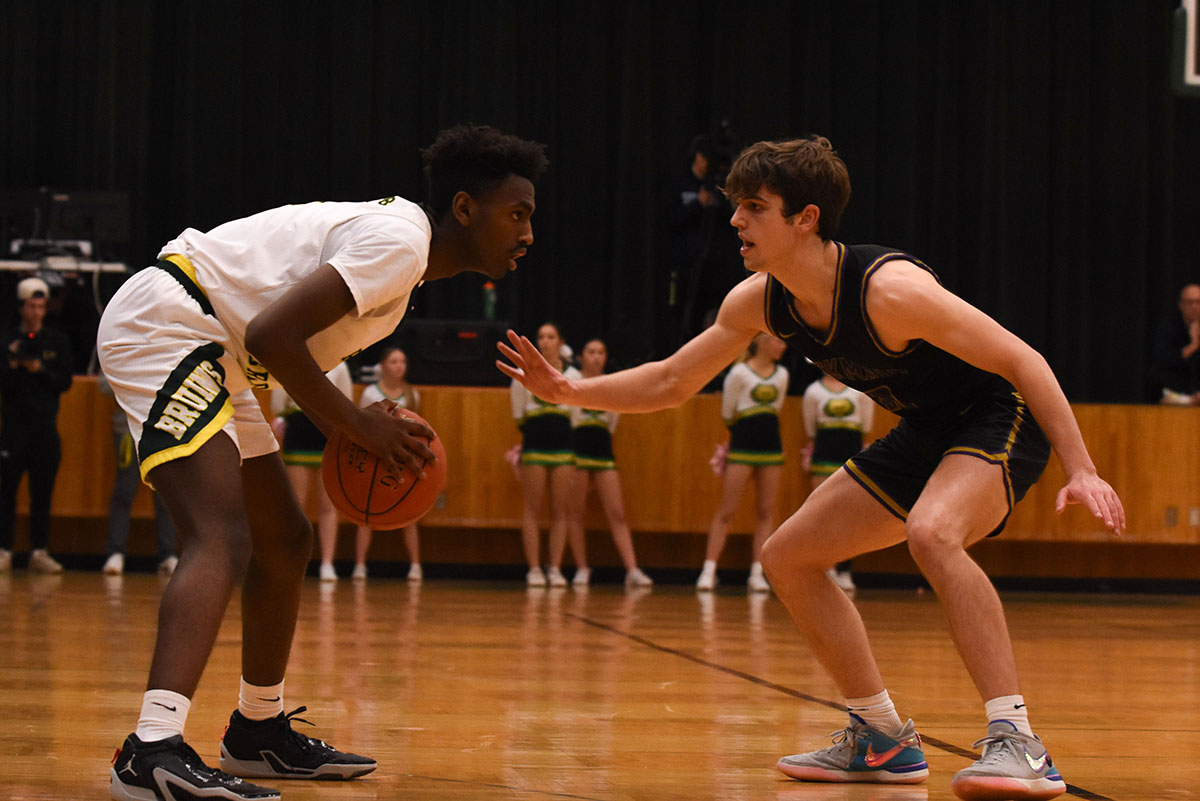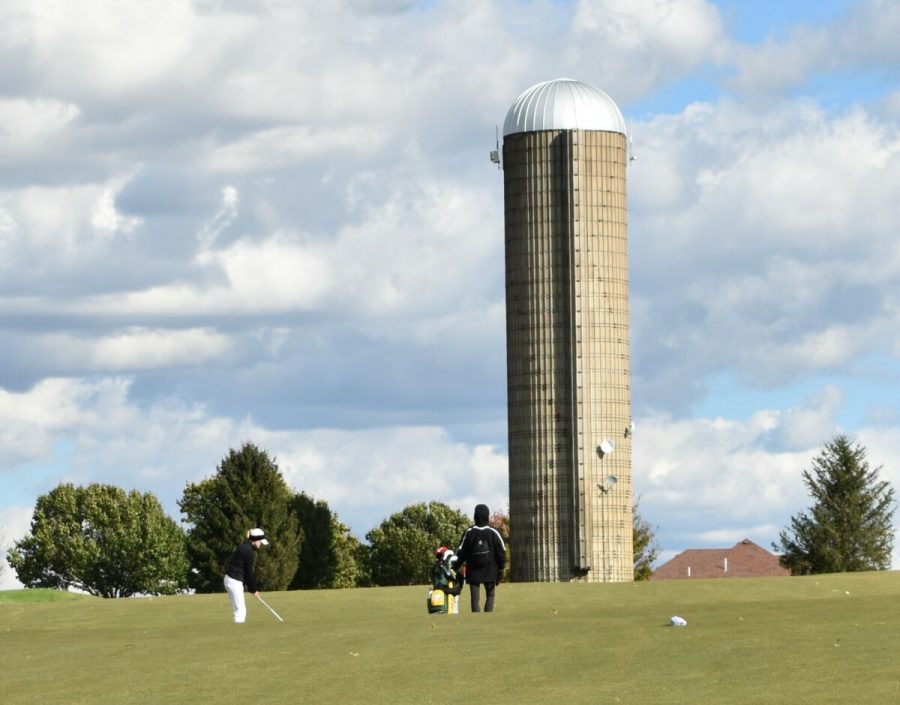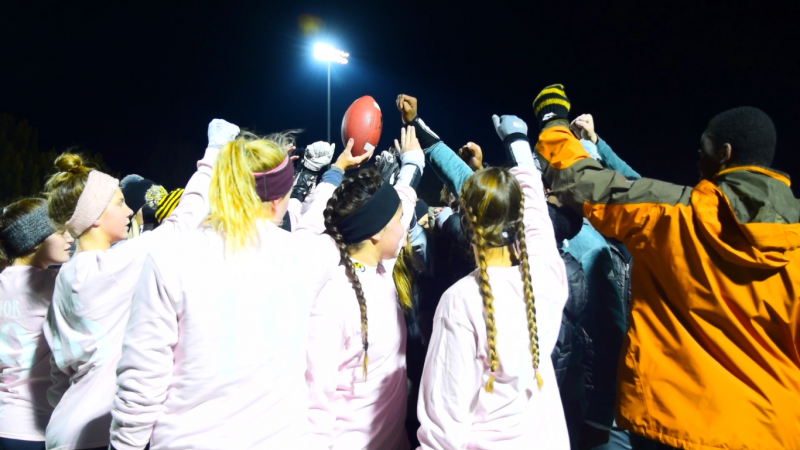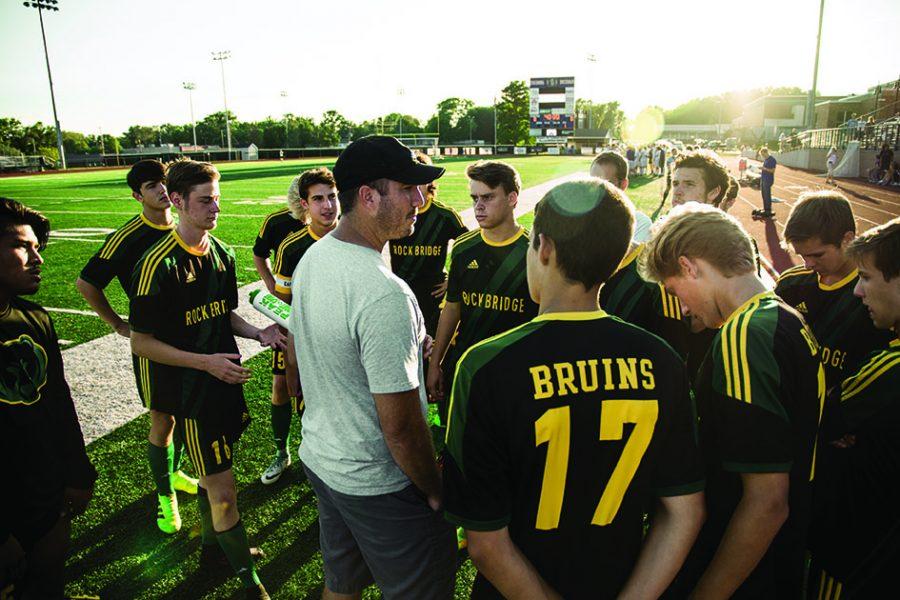[dropcap style=”simple” size=”4″]2[/dropcap]017 alumnus Caed West spent much of his time here playing lacrosse, basketball and roughhousing. The three activities had one commonality for West; each left him with concussion after concussion.
West suffered from 10 concussions during high school, and the source of the concussions varied from being tackled to diving onto a court. While the beginnings varied, all of the effects are the same, and they are permanent.
“I’ve had three concussions from lacrosse, five from basketball and two from just messing around with my brother,” West said. “I now have to be extremely cautious with any physical activity..”
With between 1.6 and 3.8 million athletic concussions a year, the Centers for Disease Control categorizes them at an epidemic level, with an estimated 300,000 of those concussions sustained by high school athletes.
Junior Eric Estrada has sustained three concussions while playing football, mainly as a center. Estrada found himself unable to participate in orchestra because of his several concussions.
“In ninth grade, loud noises triggered headaches [because of past concussions],” Estrada said. “I could barely do anything, and the only thing I would be able to do in orchestra was [leave] to the Performing Arts Center (PAC). My grades severely suffered and [the concussions] made it very hard to concentrate in any classes.”
Looking back on his concussions, Estrada wishes he could have learned quicker and heeded his coach’s’ warnings. To prevent similar incidents to Estrada, RBHS’ athletic trainer, Dawn Threatt is helping students and their families understand concussions.
“RBHS, along with the Columbia Public Schools (CPS) district, implements a ‘pathway to return to play’ policy,” Threatt said. “Following a state law passed three years ago, Columbia high schools have been mandated in terms of how they deal with concussions. These make it so after any suspected concussion, a student cannot go back into play for at least 24 hours.”
RBHS concussion policies are more stringent than state policy, Threatt said. Using cognitive and symptom tests, athletes are evaluated on concussion symptoms over a five day period, in order to ensure they are healthy before returning to play.
The decision to go back to playing after a suspected concussion can be a scary one for students and parents to make. Estrada says he was given the choice to complete the five day waiting period, but chose to only do the state required 24 hours. In future years, however, the RBHS athletic administration hopes to act as a “neutral party” in educating students and parents about concussions through communication, Threatt said.
Threatt believes that an understanding of concussions can help students make informed decisions for their health and recovery. For concussions, however, recovery is not always possible for students who have suffered concussions. The effects of West’s concussions continue to hurt him today.
“Concussions got more and more scary as they were very life threatening,” West said. “I’ve spent several nights in hospitals because of tests being done to see if I’ve suffered brain damage, and I now live with constant headaches that never go away and likely never will.”
West’s condition from past concussions is a nightmare scenario for athletes and administration alike. Threatt, alongside the athletic department, wants to minimize injury for student athletes through personal evaluations.
“It’s all about patience,” Threatt said. “Everyone is different, and recovery for everyone is different. CPS all follows the same policy, and it works well because it puts the student’s health first. When this happens, a student can go through a proper recovery process.”
Have you ever suffered from a concussion? Let us know in the comments below.
Categories:
Concussion policy keeps players safe
January 4, 2018
0
Tags:
More to Discover












































































